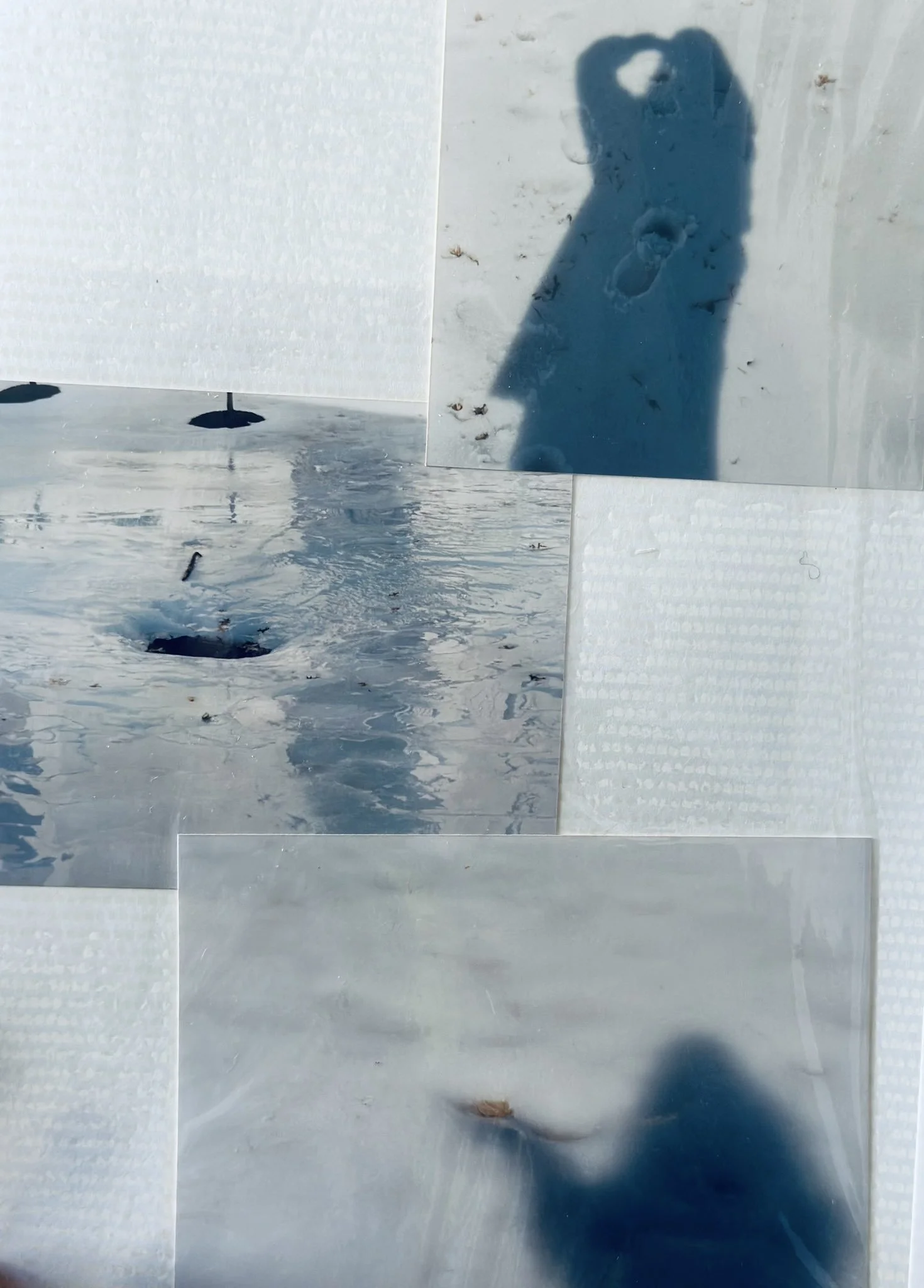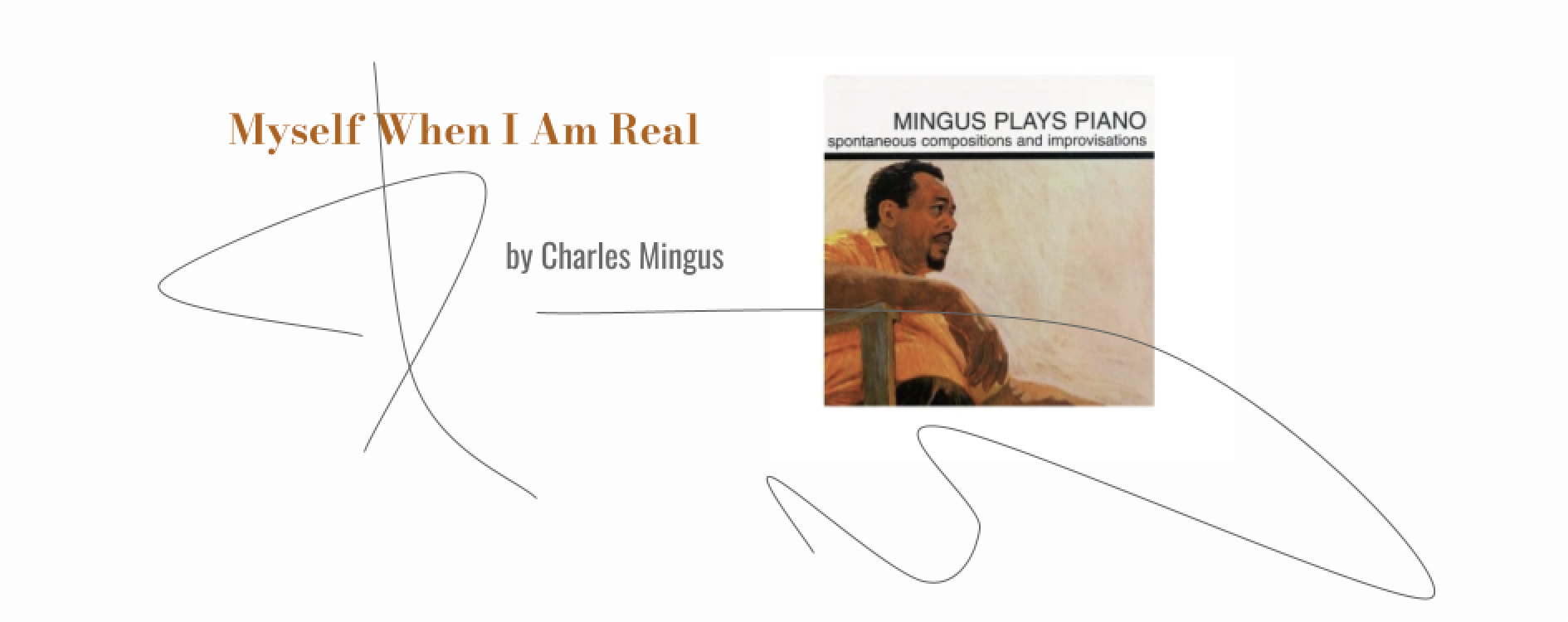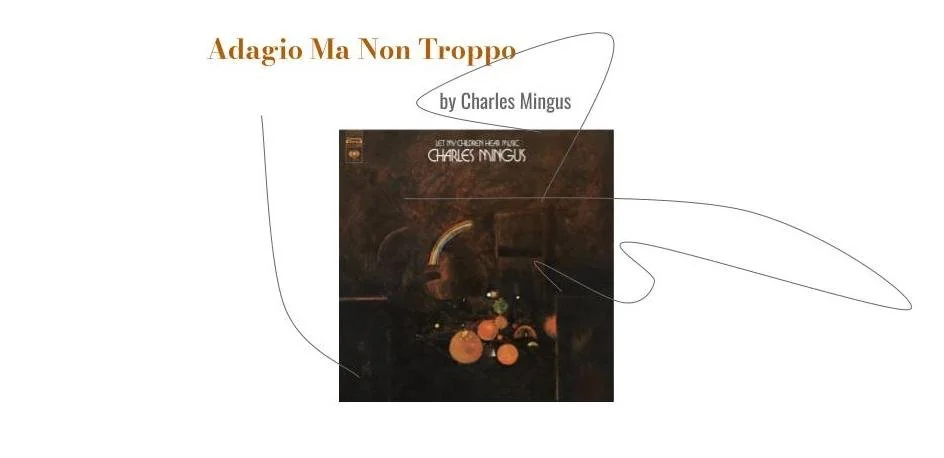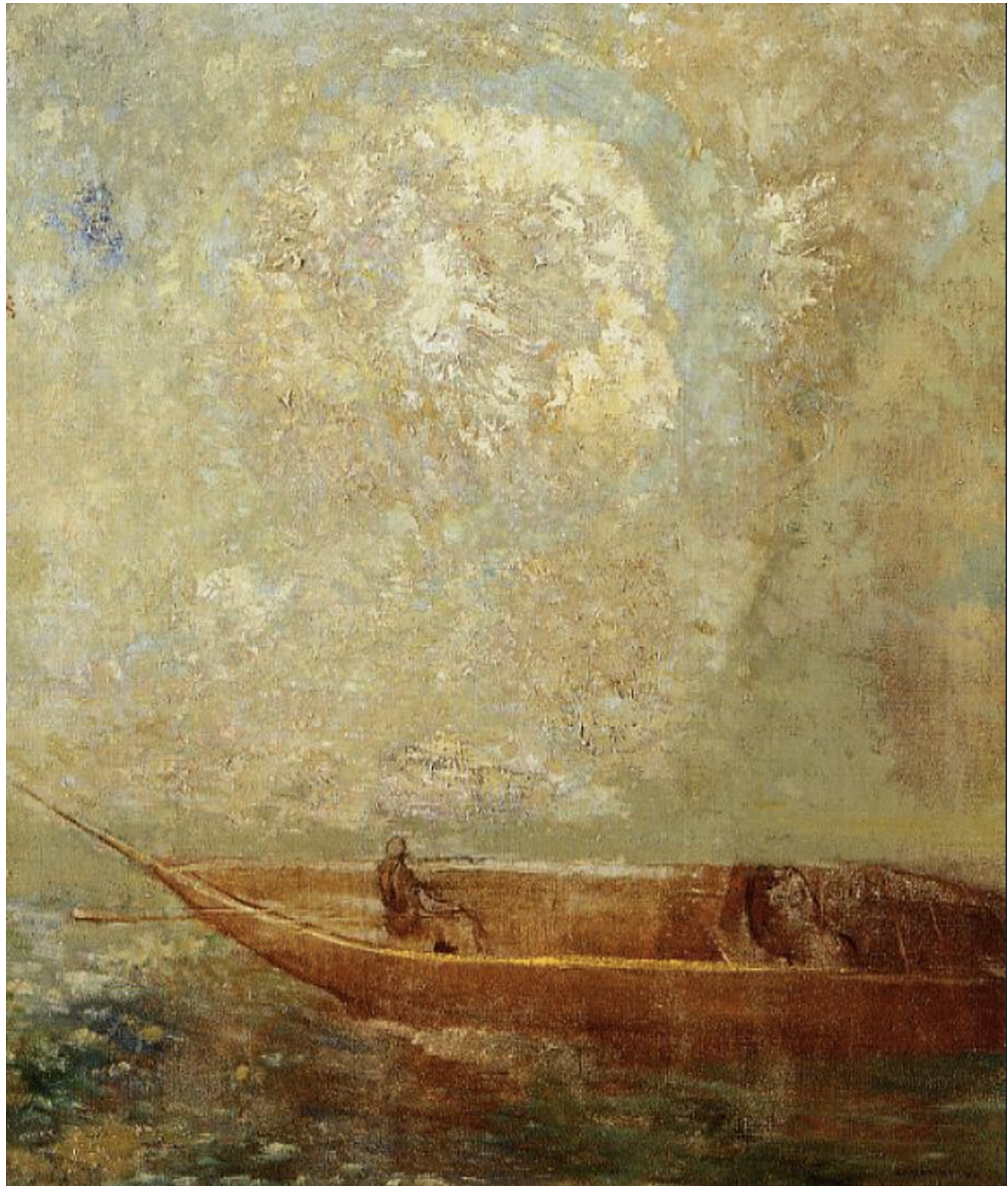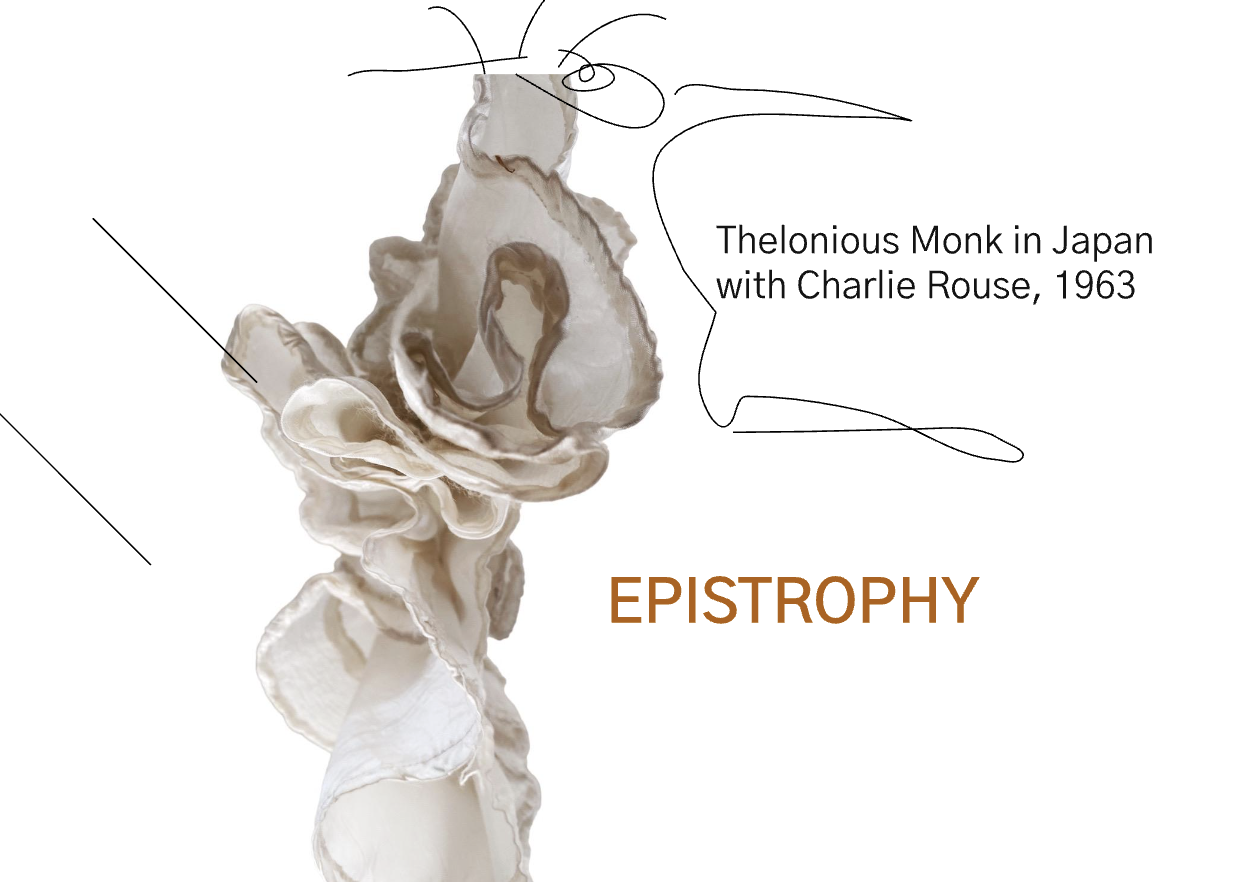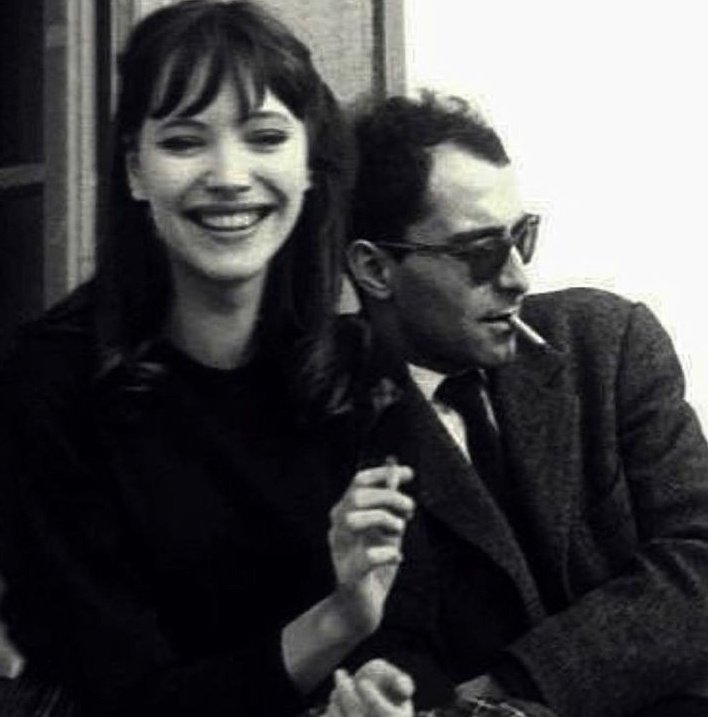LINER NOTES TO ‘LET MY CHILDREN HEAR MUSIC’ (COLUMBIA RECORDS, 1971)
The following liner notes written by Charles Mingus were nominated for the 1971 Grammy award—- only the liner notes, not the music they accompanied. Mingus in fact never won a Grammy award, though he was nominated four times, once for his liner notes, twice for his jazz compositions, and once for his jazz performance. What follows is Mingus.
What is a jazz composer?
Each jazz musician when he takes a horn in his hand—trumpet, bass, saxophone, drums—whatever instrument he plays—each soloist, that is, when he begins to ad lib on a given composition with a title and improvise a new creative melody, this man is taking the place of a composer. He is saying, "listen, I am going to give you a new complete idea with a new set of chord changes. I am going to give you a new melodic conception on a tune you are familiar with. I am a composer." That's what he is saying.
I have noticed that there are many kinds of composers in this so-called jazz. For instance, there are musicians who simply take rhythmic patterns and very spare notes-very limited invention melodically-and play in a soulful swinging way. Some people in the audience, when asked what they think about jazz, say, "I just go by the feeling, I go by the feeling the guy gives me." Now, whether there is feeling or not depends upon what your environment or your association is or whatever you may have in common with the player. If you feel empathy for his personal outlook, you naturally feel him musically more than some other environ-mental and musical opposite who is, in a way. beyond you.
I, myself, came to enjoy the players who didn't only just swing but who invented new rhythmic patterns, along with new melodic concepts. And those people are: Art Tatum, Bud Powell, Max Roach, Sonny Rollins, Lester Young, Dizzy Gillespie and Charles Parker, who is the greatest genius of all to me because he changed the whole era around. But there is no need to compare composers. If you like Beethoven, Bach or Brahms, that's okay. They were all pencil composers. I always wanted to be a spontaneous composer. I thought I was, although no one's mentioned that. I mean critics or musicians. Now, what I'm getting at is that I know I'm a composer. I marvel at composition, at people who are able to take diatonic scales, chromatics, 12-tone scales, or even quarter-tone scales. I admire anyone who can come up with something original. But not originality alone, because there can be originality in stupidity, with no musical description of any emotion or any beauty the man has seen, or any kind of life he has lived. For instance, a man says he played with feeling. Now he can play with feeling and have no melodic concept at all. That's often what happens in jazz: I have found very little value left after the average guy takes his first eight bars-not to mention two or three choruses, because then it just becomes repetition, riffs and patterns, instead of spontaneous creativity, I could never get Bird to play over two choruses. Now, kids play fifty thousand if you let them. Who is that good?
Today, things are at the other extreme. Everything is supposed to be invented, the guys never repeat anything at all and probably couldn't. They don't even write down their own tunes, they just make them up as they sit on the bandstand. It's all right, I don't question it. I know and hear what they are doing. But the validity remains to be seen -what comes, what is left, after you hear the melody and after you hear the solo. Unless you just want to hear the feeling, as they say.
When I was a kid and Coleman Hawkins played a solo or Illinois Jacquet created "Flyin' Home," they (and all the musicians) memorized their solos and played them back for the audience, because the audience had heard them on records. Today I question whether most musicians can even repeat their solos alter they've played them once on record. In classical music, for example people go to hear Janos Starker play Kodaly. They don't go to hear him improvise a Kodaly, they go to hear how he played it on record and how it was written. Jazz was at one time the same way. You played your ad lib solo, you created it, and if it was worthwhile, then you played it in front of the public again.
Now, on this record there is a tune which is an improvised solo and which I am very proud of. I am proud because to me it has the expression of what I feel, and it shows changes in tempo and changes in mode, yet the variations on the theme still fit into one composition. (It is not like some music I hear where the musician plays eight bars and then the next eight bars sound like he is playing another tune). I would say the composition is on the whole as structured as a written piece of music. For the six or seven minutes it was played (originally on piano), the solo was within the category of one feeling, or rather, several feelings expressed as one. I'm not sure whether every musician who improvises can do this. I think I do it better on bass, although most people in the past did not understand the range I used to play (nowadays most all bass players use this range when they solo-the full scope of the bass), because they didn't really listen, they thought I was just playing high to play high, rather than realizing that my composition began some place and developed to another. I have never struggled to be accepted as a great bassist-I imagine I could have been if I had seen my available musical goal there. If people really knew the qualification of a good bass player, they would flip-because I know thirty or forty bass players who have the technique that I have.* Whether or not they are as inventive is something else because when you study the instrument, it calls for a technique that jazz has not even begun to express yet, with the bow or with pizzicato. The full-developed bass player masters harmonics with a sense-I don't mean just scraping the bow across and making squeak sounds, I mean he can play compositions in harmonics. There are a million bowings that could and probably do duplicate a horn better. For instance, my dream has been to put basses, or maybe two basses in a reed section, in place of the baritone saxophone. I never had the chance so I could never say how it really sounds, it is only in my mind that I can say I hear it and it would work better than most baritone saxes. I had a classical student who was in the symphony in Minneapolis. He used to study through the mail and, for his lessons, I would write things for him and he would re-tape them and send them back. That was when I realized how much more could done, musically, by using the boss with the bow, by utilizing all the possibilities of this instrument.
Back to the record: the music on this record is involved with my trying to say what the hell I am here for. And similar ideas. Another one is: let my children hear music -for God's sake-they have had enough noise. But mainly I am saying: Do you really know Mingus, you critics? Here is a piece I wrote in 1939 and I wrote it like this because thought in 1939 I would probably get it recorded some day. But when you have to wait thirty years to get one piece played-what do you think happens to a composer who is sincere and loves to write and has to wait thirty years to have someone play a piece of his music? That was when I was energetic and wrote all the time. Music was my life. Had I been born in a different country or had I been born white, I am sure I would have expressed my ideas long ago. Maybe they wouldn't have been as good because when people are born free-I can't imagine it, but I've got a feeling that if it's so easy for you, the struggle and the initiative are not as strong as they are for a person who has to struggle and therefore has more to say.
Part of the reason I am a composer is that I studied composition with Lloyd Reese. Lloyd Reese taught Eric Dolphy; Harry Carney also studied with him and so did Ben Webster and Buddy Collette, to name a few. Art Tatum highly recommended him. When Art found out I was studying with Lloyd, he asked me to come and play for him. Lloyd Reese was a master musician, he knew jazz and all the fundamentals of music from the beginning. (He used to be the first alto player in Les Height's band.) And he could play anything. I remember he turned a record on to me one time. (In my era the record stores weren't crowded with The Beatles' records or rock & roll or hillbilly. They had a few hillbilly and a few records they called rhythm & blues. But it wasn't a big market then. The record stores were mainly for white people. They had classical music, I remember Richard Strauss, Debussy, Ravel, Bach, Beethoven. I remember my favorites: Debussy, Stravinsky and I liked Richard Strauss very much-the one who wrote "Death and Transfiguration.") In any case I remember one day when I came to Lloyd's house, he said: "What is this?" and he played a record, I didn't know the title at the time, but he said: "What do you think is going on in this particular movement right there?" And I said: "I don't know, man, but there's a whole lotta shit going on. There's too much to figure out." The timpani was playing and the basses were playing and the piano was playing a percussional sound with the bass- you could hardly hear the piano-and the flutes were playing syncopated chop rhythms, the trumpets were playing cock valves, and this cat said: "Well, here it is," and he took a C-Seventh chord-I remember it started on the Third, and he played E, G, B flat, and D natural, and he said: "This is what the clarinets are doing . . ." and he began to decipher down what was going on. He said: "Here's the French horn part" and it came in on G, B flat, D, F an octave down and ended A natural, which clashed against the B flat the clarinets were playing in the E, G, B flat, D natural line, and it made a beautiful sound. I said: "Whaaa? What is that?"
So I'm saying briefly that people don't know what a black man (it's nice to say black man)-people don't know what it took to make a jazz musician. In my young days, we were raised more on classical music than on any other kind. It was the only music we were exposed to, other than the church choir. I wasn't raised in a night club. I wasn't raised in a whore house (there wasn't any music in them, anyway- in the bars). Today, I don't know how they train kids musically. But my point about Reese is that if you told the average person Lloyd Reese took the music of Stravinsky off a record, he would say you were crazy. There are millions of musicians, however, who have the capability of hearing and reproducing what they hear. It wasn't called ear training; I don't know what he called it, He would just say: ''Now you take the trumpet part. Now, what's the French horn doing?" It was to show you structure, I imagine.
As I was saying, each jazz musician is supposed to be a composer. Whether he is or not, I don't know. I don't listen to that many people. If I did, I probably wouldn't play half as much to satisfy myself. As a youth I read a book by Debussy and he said that as soon as he finished a composi- tion he had to forget it because it got in the way of his doing anything else new and different. And I believed him. I used to work with Tatum, and Tatum knew every tune written, including the classics, and I think it got in the way of his composition, because he wasn't a Bud Powell. He wasn't as melodically inventive as Bud. He was technically flashy and he knew so much music and so much theory that he couldn't come up with anything wrong; it was just exercising his theory. But as far as making that original melodic concept, as Bird and Bud did, Art didn't do this for me in a linear sense. I would say he did it more in a chordal-structure sense. Bud and Bird to me should go down as composers, even though they worked within a structured context using other people's compositions. For instance, they did things like "All The Things You Are" and "What Is This Thing Called love." Their solos are new classical compositions within the structured form they used. It is too bad for us that they didn't compose the whole piece instead of using other people's tunes to work within. If they had, they would have been put in the same class as Bartok and Debussy-to anyone who knows. Bud wrote a few things and so did Bird. But they were still within the simple chord changes you were used to-either the blues (which shows how great they really were, to be able to create-with new and good melodic structures-on such simple chord progressions). In other words, if they had created anything complex, I am sure they could have upset the world.
For instance, Bird called me on the phone one day and said: "How does this sound?" and he was playing- ad-libbing-to the Berceuse, or lullaby, section of Stravinsky's Firebird Suite! I imagine he had been doing it all through the record, but he just happened to call me at that time and that was the section he was playing his ad lib solo on, and it sounded beautiful. It gave me an idea about what is wrong with present-day symphonies: they don't have anything going on that captures what the symphony is itself, after written. I'd like to write a symphony, myself, on this form-the old western form of classical music-I'd like to write a suite of three or four hours and have a solo in spots that is like Charlie Parker, with Bird in mind, playing ad lib.I think the music on this record is serious in every sense. I say, let my children have music. I said it earlier. For God's sake, rid this society of some of the noise so that those who have ears will be able to use them some place listening to good music. When I say good I don't mean that today's music is bad because it is loud. I mean the structures have paid no attention to the past history of music. Nothing is simple. It's as if people came to Manhattan and acted like it was still full of trees and grass and Indians instead of concrete and tall buildings. It's like a tailor cutting clothes without knowing the design, It's like living in a vacuum and not paying attention to anything that came before you. What's worse is that critics take a guy who only plays in the key of C and call him a genius, when they should say those guys are a bitch in C-natural. Pop music is still another story. Even tune structures are stolen. The music I've heard from the late pop groups (many of which are from England) seems to stem from a mixture of many different American composers and American music. " I Found A New Baby." "Nature Boy." "Ain't Necessarily So." I hear these tunes, certain tunes, all through The Beatles' music, for instance. I don't know if they just surround themselves with this kind of music and compose from it. But it doesn't come out ringing true to me as English composition. For instance, Schillinger used to say that you could take a sheet of music, turn it upside down-alter you wrote a cer- tain movement-eight or ten bars-copy it upside down, then copy it backwards, from the end of the page back, turn the page over and copy it backwards and upside down. This would give you eighty bars or more of the same mood without working for it. It's the same as taking a tape recorder melody and splicing it up several thousand different ways. To me that's not spiritual music. It leaves the feeling and emotion out. It seems to me that it should come from the heart, even though it's composed.
I think it is evident when a person is stealing or copying a form of music which is not his own. Other musicians recognize it, but I don't think it is important enough to them to say anything about it. Why, at least, doesn't the public, or don't the critics point it out? I heard a lot of Bird's solos in the music of this past and present rock music era. The names are not important. But what they do, more or less, is just take a melody created by a jazz soloist and put words to it. They add words to a solo with a few of the notes left out. That is what it sounds like to me and others I've discussed it with.
As I say, let my children have music. Jazz-the way it has been handled in the past-stifles them so that they believe only in the trumpet, trombone, saxophone, maybe a flute now and then or a clarinet (not too many of our "bad"- that is great-people go for the clarinet. Probably because there is not much work available for clarinetists, except for those who play in the studios). But it is not enough. I think it is time our children were raised to think they can play bassoon, oboe, English horn, French horn, lull percussion, violin, cello. The results would be-well the Philharmonic would not be the only answer for us then. If we so-called jazz musicians who are the composers, the spontaneous composers, started including these instruments in our music, it would open everything up, it would get rid of prejudice because the musicianship would be so high in caliber that the symphony couldn't refuse us.
In fact, who wants to be in the symphony anyway, nowadays? If you stop and take note of what jazz has done, and the kind of musicianship which has developed from each instrument (take the trumpet: Louis Armstrong, King Oliver, Maynard Ferguson, Cat Anderson, or the pyrotechniques of Dizzy Gillespie; you never hear that kind of high- note playing in symphonic works), it becomes obvious that it has made each player a virtuoso. That is probably why most European musicians now choose to be jazz musicians rather than classical players because they are always proving that the instrument can do more than is possible. I mean, the range has doubled in octaves. For instance, Stravinsky wrote a piece for a high trumpet. He used a special trumpet-a piccolo trumpet-to play high, but Cat Anderson played off the piano with an ordinary trumpet-played higher than the piano goes, higher than piccolos. So do Maynard Ferguson, Snooky Young, Ernie Royal, Louis Armstrong, King Oliver, Freddie Webster, Dizzy Gillespie, Fats Novarro, Clifford Brown. Hobart Dotson, Kenny Durham.
There are many other instruments besides the trumpet which jazz musicians have made do the impossible. And they can play, for hours on end, technical, involved, difficult, educated lines that have melodic sense. They are all virtuosi. The same goes for string bass. The same goes for saxophone, although it is not used much in symphony. But anything Milhaud has done in classical music, McPherson and Bird, alone, do with ease as well as human warmth and beauty. Tommy Dorsey, for example, raised the range of the trombone two octaves. Britt Woodman raised it three. And take Jimmy Knepper. One of his solos was taken off a record of mine and written out for classical trombone in my ballet. The trombone player could barely play it. He said it was one of the most technical exercises he had ever attempted to play. And he was just playing the notes-not the embellishments or the sound that Jimmy was getting.
That about covers it.
Let my children have music! Let them hear live music. Not noise. My children! You do what you want with your own!
–Charles Mingus
*[Which, incidentally, brings to mind another thought; along with the jazz hump music and nigger contests, there has never been a contest to decide who is the King of the Trumpet in the Symphony. Or who is the Best Violin Soloist-Jascha Heifetz, Yehudi Menuhin, Isaac Stern, Salvatore Accardo? Or which is the Best String Quartet of the Year-Budapest or Juilliard?]
One million reasons to look at the Mingus website + aeons of gratitude to them for providing these materials and nurturing Mingus’ legacy.







